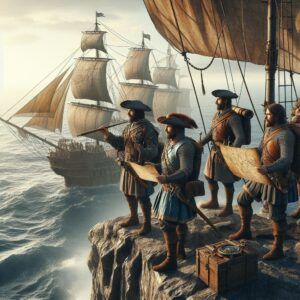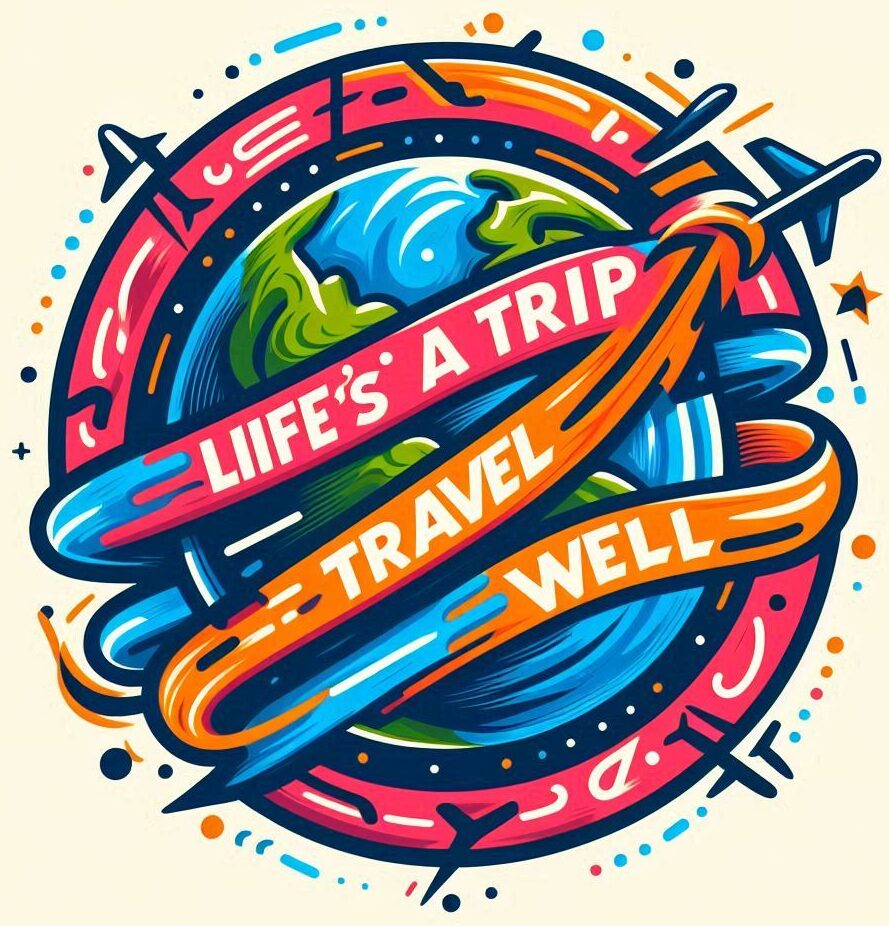 The earliest humans were nomads, constantly on the move. They followed the migration patterns of animals and the changing seasons, always hunting for food and seeking shelter. This way of life wasn’t just about survival; it shaped human society, culture, and even our physical characteristics.
The earliest humans were nomads, constantly on the move. They followed the migration patterns of animals and the changing seasons, always hunting for food and seeking shelter. This way of life wasn’t just about survival; it shaped human society, culture, and even our physical characteristics.
Geography played a massive role in these early travels. Natural barriers like mountains, rivers, and deserts determined where and how people could move. The landscape dictated the seasons and resources available, guiding the nomads’ paths.
Over time, some groups began to settle in fertile areas, giving birth to agricultural societies. This was huge. It meant people could stay in one place, grow their food, and build more permanent homes. It allowed for larger populations and more complex social structures. Suddenly, travel wasn’t just about survival; it was also about trade, culture, and expanding territories.
The shift from constant movement to settled agricultural life marked a significant change in human history. It laid the groundwork for future civilizations and their journeys, setting the stage for the vast, interconnected world we have today.
Ancient Civilizations and Trade Routes

Ancient civilizations were masters of trade. Mesopotamia, often referred to as the cradle of civilization, was one of the earliest regions to develop extensive trade networks. The Sumerians and later the Babylonians established routes that connected urban centers and enabled the exchange of goods, culture, and ideas.
One of the most famous trade routes of the ancient world is the Silk Road. This massive network of trade paths stretched from China to the Mediterranean, creating a bridge between the East and the West. Silk, spices, tea, and other highly prized items flowed along these routes, enriching the cultures and economies of the regions they connected. Merchants, explorers, and conquerors alike traveled these roads, making it a melting pot of diversity.
Maritime trade also took off with the advent of navigation technology. Ancient mariners from civilizations such as the Phoenicians, Greeks, and Egyptians ventured across seas, mapping new territories and establishing powerful maritime routes. These sailors didn’t just carry goods; they transported stories, knowledge, and inventions. The Mediterranean became a bustling trade hub, influencing European, African, and Asian shores.
Trade routes weren’t just about commerce—they were about people, ideas, and cultural exchange. These connections played a crucial role in the development of civilizations, pushing boundaries and creating a more interconnected world. Without these early trade routes, the rich tapestry of human history would be a lot less colorful.
Medieval Exploration and the Age of Discovery

Religion had a big influence on travel during medieval times. Pilgrimages became a common practice, with people journeying to holy sites across Europe, the Middle East, and Asia. Whether it was to seek spiritual enlightenment or fulfill religious duties, these trips often covered long distances and diverse terrains.
One of the major travel events of this period was the Crusades. These military expeditions led Europeans to the Middle East, drastically altering travel routes and introducing different cultures and goods to the West. The Crusaders brought back spices, silk, and other exotic goods, which spiked interest in foreign lands and cultures.
The Age of Discovery marked a monumental era in travel. Explorers like Christopher Columbus, Vasco da Gama, and Ferdinand Magellan set out to chart new territories and find new trading routes. This wasn’t just about curiosity; it was also motivated by economic gain and national rivalry. Their voyages led to the discovery of entire continents, opening up the world in ways previously unimaginable.
Colonial expansion followed these discoveries closely. Europeans established colonies in the Americas, Africa, and Asia, profoundly impacting the native populations and natural landscapes. These new routes and colonies altered the global map, setting the stage for modern international relations and global travel patterns.
Industrial Revolution: Transportation Innovations

The Industrial Revolution was a turning point for travel. The invention of the steam engine transformed everything, making travel faster and more efficient. Railroads spread across continents, connecting cities and countries like never before. Suddenly, what once took weeks or even months by horse or foot could be done in days.
Automobiles further revolutionized personal travel. The creation of the assembly line by Henry Ford made cars affordable and accessible. Roads and highways expanded, giving people the freedom to travel whenever and wherever they wanted. It was a game-changer for personal mobility and opened up new opportunities for work, leisure, and lifestyle changes.
Then came the birth of aviation. The Wright brothers’ first flight was a pivotal moment, leading to the development of commercial air travel. By the mid-20th century, airplanes started connecting even the most distant corners of the globe. Crossing oceans and entire continents became a matter of hours instead of weeks. This made the world smaller, bringing people and cultures closer together.
Each of these innovations had a profound impact not just on travel, but on how societies functioned. The rapid movement of people and goods fueled economic growth and cultural exchange. It reshaped cities, created new industries, and altered human perception of distance and speed. We went from local to global in what felt like the blink of an eye.
Digital Age and the Future of Travel
The rise of the internet has transformed travel planning and experiences. No more flipping through guidebooks or relying solely on travel agents. With a few clicks, you can book flights, hotels, and even experiences anywhere in the world. Online reviews and travel blogs have become invaluable resources, giving insight into real-world experiences.
The concept of digital nomadism has also taken off. With remote work becoming more common, people are embracing the freedom to work from anywhere. Cities and countries now cater to this lifestyle, offering coworking spaces, digital visas, and communities of like-minded nomads. It’s a new way of living that blends work and travel.
Advancements in travel technology are making journeys smoother and more enjoyable. Mobile apps help with everything from navigation to language translation. Contactless payments and electronic boarding passes streamline the travel process. Virtual reality even allows you to ‘try before you buy’ by experiencing destinations from your living room.
Sustainable travel is gaining traction as awareness about environmental impact grows. Eco-friendly hotels, carbon-offset programs, and sustainable travel practices are becoming more popular. Travelers are more conscientious about their footprints, seeking ways to explore while preserving the beauty and health of our planet.
The future of travel looks incredibly exciting. Innovations like autonomous vehicles, supersonic jets, and space travel are on the horizon. The possibilities are endless, and as technology continues to evolve, the way we explore the world will keep changing, bringing new adventures and opportunities.


